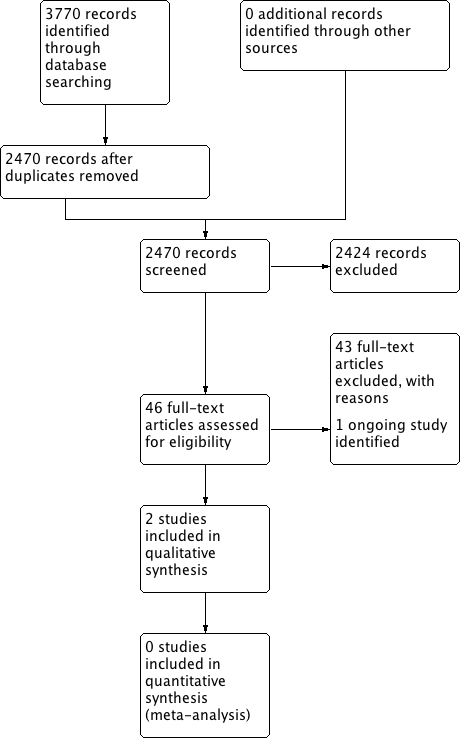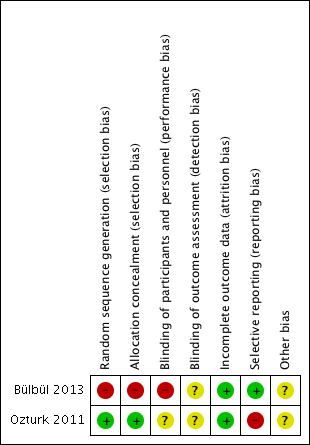Contenido relacionado
Revisiones y protocolos relacionados
Karen Head, Lee Yee Chong, Claire Hopkins, Carl Philpott, Martin J Burton, Anne GM Schilder | 26 abril 2016
Lee Yee Chong, Karen Head, Claire Hopkins, Carl Philpott, Anne GM Schilder, Martin J Burton | 26 abril 2016
Lee Yee Chong, Karen Head, Claire Hopkins, Carl Philpott, Simon Glew, Glenis Scadding, Martin J Burton, Anne GM Schilder | 26 abril 2016
Karen Head, Lee Yee Chong, Patorn Piromchai, Claire Hopkins, Carl Philpott, Anne GM Schilder, Martin J Burton | 26 abril 2016
Lee Yee Chong, Karen Head, Claire Hopkins, Carl Philpott, Martin J Burton, Anne GM Schilder | 26 abril 2016
Mona Nasser, Zbys Fedorowicz, Hamad Aljufairi, William McKerrow | 7 julio 2010
Larry Kalish, Kornkiat Snidvongs, Rahuram Sivasubramaniam, Daron Cope, Richard J Harvey | 25 abril 2016
Kornkiat Snidvongs, Larry Kalish, Raymond Sacks, Jonathan C Craig, Richard J Harvey | 25 abril 2016
Christine Segboer, Artur Gevorgyan, Klementina Avdeeva, Supinda Chusakul, Jesada Kanjanaumporn, Songklot Aeumjaturapat, Laurens F Reeskamp, Kornkiat Snidvongs, Wytske Fokkens | 2 noviembre 2019
Pablo Martinez‐Devesa, Shalini Patiar | 25 abril 2016
Respuestas clínicas Cochrane
Elie Mulhem | 14 noviembre 2016
Elie Mulhem | 14 noviembre 2016











